
Summer is the time of year when the garden really comes into play. It’s when we venture outside for balmy evenings after a BBQ and relax while enjoying an ice-cold beer or perhaps a cocktail. That’s why you’ll want to keep an eye on your lawn’s health.
Many homes regard their garden as an additional room, especially during the late Spring and Summer when the children spend hours outside, in paddling pools, kicking a football around, or playing games with their siblings and friends.
As entertaining during the Summer months often involves using the garden, you might be thinking about how to spruce up your green lawn so it looks absolutely radiant! In this piece, we’ll discuss insider tips for making your green lawn the envy of all your friends.
Even when there’s not a drop of rainfall in sight, with regular maintenance, generally speaking, your lawn will still survive a drought and thrive, so it’s the perfect green lawn.
Here are our top tips for a fabulous Summer lawn and year round grass health:
1. Keep Grass Nice and Trim and Mow Your Lawn Regularly

Unless you have a preference for overgrown, wild gardens, cut your green lawn at least once a week because regular mowing is essential for a lawn looking well-cared for. As a general rule, during the warmer months grass is particularly active and enjoys tremendous growth. You’ll start to notice it looking slightly untidy after ten days without a good old mow!
Schedule in a weekly trim and pay attention to the borders, using edging shears to create a neat and tidy separation between grass and flower beds, while also stopping grass from spilling into the borders.
While it’s tempting to cut your grass back so it’s really short, you should keep some length and mow high to keep grass green and healthy. Taller grass blades and therefore longer grass mean deeper roots and that’s better for your grass plants’ growth because it’s perfect to encourage root growth.
Optimum Length for the Perfect Lawn Paying Attention to Cutting Height
Aim for around 2 to 3 inches for optimum health and give your green lawn the armour it needs to fight back, encouraging grass growth and giving it strength to survive a hot season, fungal or insect attack. Remember, Summer grass is different to cool season grasses!
If you do like short grass, aim for about an inch but no shorter or you’ll encourage bare spots (which you can banish with new grass seed). No doubt, you’ll want to keep your grass green so cut it wisely.
Keep Your Grass Clippings
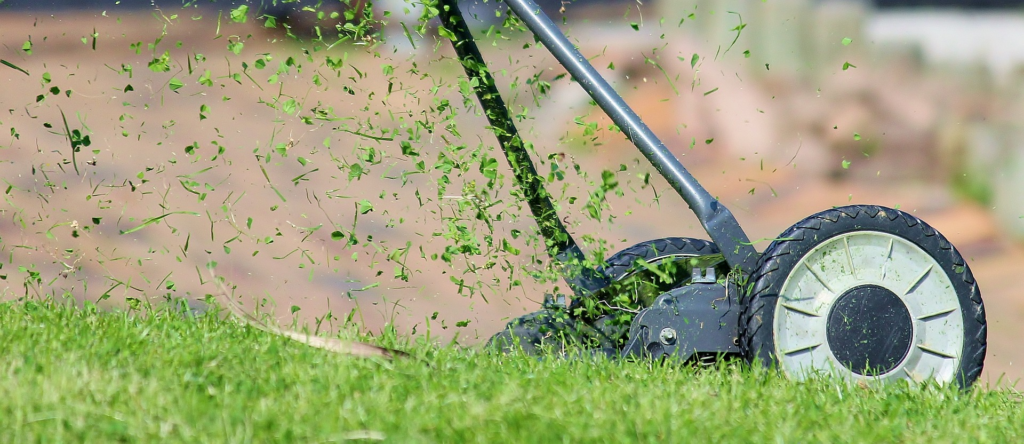
Keep your grass clippings too as they make nice compost that you’ll use at a later date and pay attention to dead grass (bare patches). You can use grass seed or lay new lawn if absolutely necessary. It’s best to do this during early Spring for the ultimate lawn with plenty of green growth so it’s ready to look good for the growing season during the Spring and warmer months.
2. To Feed or Not to Feed?
Generally, you shouldn’t feed your green lawn again during the mid-Summer and you should hold off lawn feed until the very late season However, some people just never get round to the late spring feed. If that sounds like you then your lawn will probably be starving!
You don’t need to use too much fertilizer, or a specific fertilizer (but it’s an important nutrient), so go easy or you could end up with too much nitrogen for your grass type so it won’t look as green as you want it to. A slow release fertilizer is ideal and one of our best tips for green grass you can be proud of!
Of course, large grasses take time to treat but with a spreader from Cresco, it’s easy! For small areas, there’s still a perfect fit with a smaller spreader.

You Can Still Feed Your Grass
To make your lawn green, feed your lawn if you failed to feed it early on. You might not reap quite the same benefits as you would have done had you fed it in early Spring – March, April or May, when it needs essential nutrients, but you will at least fortify it with the nutrients required to spring back to life and make grass thicker looking.
3. Pay Attention to Attackers!
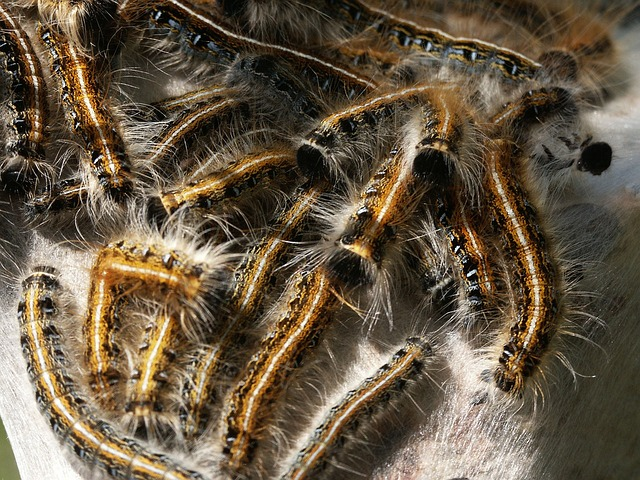
We’re talking about tiny insects that live in your grass and cause it no end of harm. They make your grass lacklustre and even cause bare patches
One failsafe way of noting whether you have a lawn insect problem is if you experience moths everywhere when you walk on your grass, particularly during the early evening. You may also see moths when you mow your green lawn.
While moths are harmless and won’t hurt your lawn, they lay eggs and those eggs attract other insects such as cutworms and webworms. It’s these insects that quite literally suck the life out of your lawn.
The best way to treat a lawn infested with cutworms and webworms is an eco-friendlier organic spray. Give your lawn a thin spray either way, that way you repel these insects, prevent weeds and you protect your grass from attack. Plus, when your grass is insect free, you enjoy grass greener than the neighbours’!
4. Tackle the Weeds
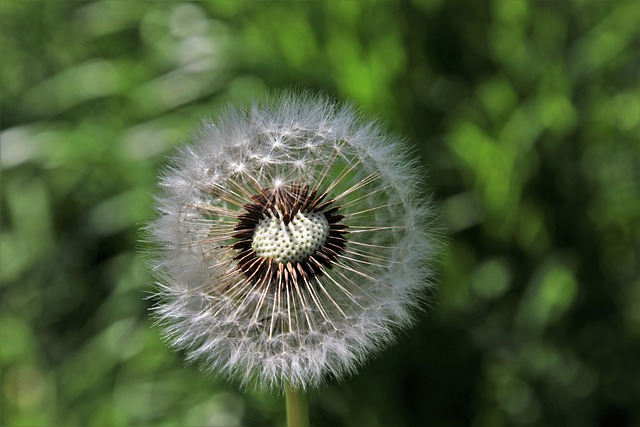
One way to get rid of weeds (we’re talking about ragwort, thistle, dandelions, yarrow etc.) is to spray your lawn with weed killer but remember, these types of sprays are full of chemicals that aren’t eco-friendly. If you do want to use a lawn spray then try one that’s as organic as possible, especially if you have young children and pets.
Another way to get rid of weeds in warm season grasses is by hand. Yes, it’s a cumbersome job tackling an entire lawn and it takes time but it’s better for the environment, good exercise and if it’s sunny you enjoy the added bonus of getting a tan!
Just get some good old gardening gloves and pull your lawn weeds out from the root (it’s important to get the root out or the weeds will just grow back).
There’s a third and lesser-known way to get rid of weeds embedded in your grass and that’s by concocting your own weed killer by mixing up vodka with soapy water. Make your grass healthy again by using a thin layer of vinegar with soapy water and salt is also an efficient way of killing off nasty weeds. Boiling water is another method – but be very cautious with using boiling water because it could damage grass plants.
For effective natural weeds killers to address grass problems, explore this guide on home made weed killers.
5. Steer Clear of Fungus
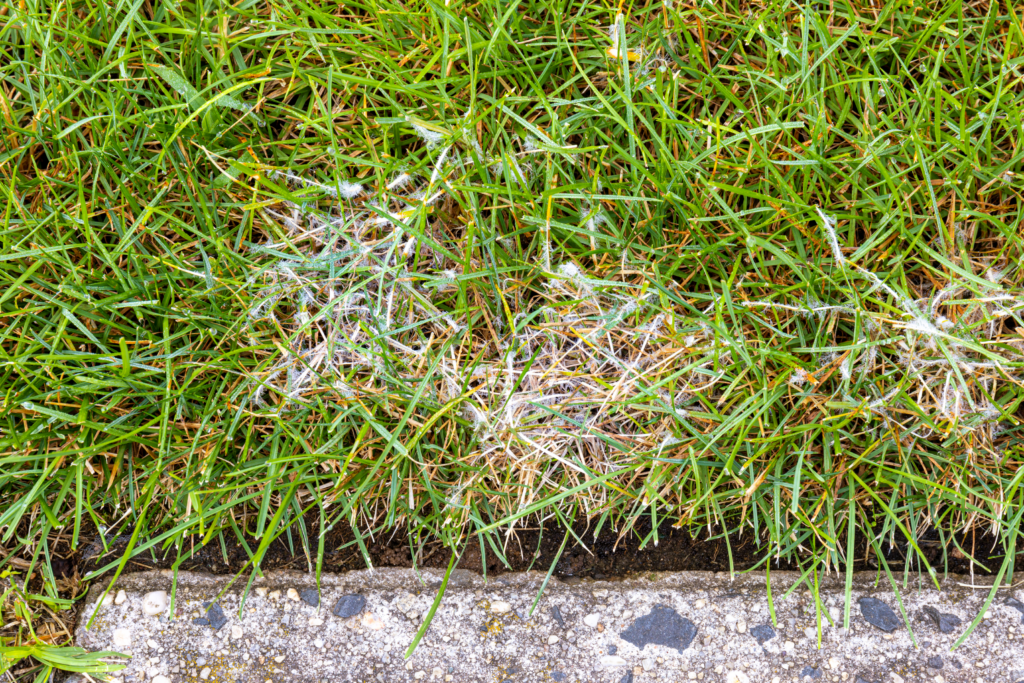
You’ll know if your green lawn has a fungal attack because it will no longer look green! You’ll wonder what the inexplicable brown looking crop circles are that just appear overnight! Well, they’re perfectly explainable, because these circles mean you have a lawn fungus. Another type of fungus is when blades of grass exhibit brown spots.
Often, when the weather turns cold, fungus dies off but this is not always the case. To treat lawn fungus you must use fungicide. It is full of chemicals but if a cold snap doesn’t shift fungus, then it’s likely to thrive until the weather moves into a frosty winter. By then, your lawn might have taken quite a battering from the fungus so it’s best to treat it as soon as possible. Cool season grasses are tough to treat when very damaged.
6. Water - Of Course!

We don’t need to tell you how important a good soaking is for your grass and usually, a British Summer isn’t a long hot one. However, 2020 was an extremely hot Summer with plenty of dry weather (and we all remember that one because we were confined to our gardens thanks to COVID-19). So was the Summer of ’76 for those of you old enough to remember. It does happen. We do experience long periods without rain and even worse, when we’re banned from using a hosepipe.
No Hosepipe Ban In Place?
If there’s no ban in place then water the lawn twice a day, early morning and late at night. This is enough to stop your lawn from drying out and turning brown. Plus, you’ll also give your grass the added benefits of growing deeper roots.
Don’t water your lawn when it’s boiling hot in the middle of the day, water will just evaporate and you’ll waste your money. Gradually reduce watering when it’s very wet weather.
Hosepipe Ban In Place?
Unfortunately, if there’s a hosepipe ban there’s not a lot you can do except maybe reuse bathwater. If there is a hosepipe ban and your grass looks decidedly yellow or brown, 9 times out of ten it will spring back to life once it starts raining again so try not to worry!
What About During Very Wet Weather?
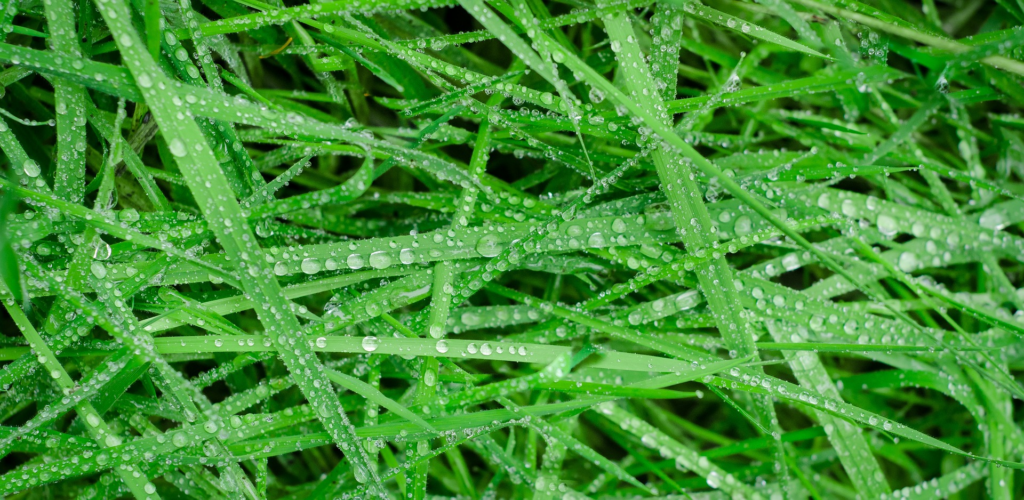
If the Summer is a wet one then you won’t need to water regularly but keep an eye on lawns because even during hot, wet Summer months, warm season grasses need plenty of water.
Final Words on Expert Summer Lawn Care
If you haven’t spent time nurturing your lawn over the Spring months and warm weather, you’ve forgotten to feed it and it’s overgrown, you can restore your grass health. Don’t worry, you can still enjoy a handsome Summer lawn. Watering it twice daily is essential, especially during very dry spells (unless there’s a hosepipe ban).
Regular mowing of lawns is essential once a week (but don’t cut it too short as there are plenty of benefits to a longer lawn – it’s healthier and it keeps your lawn robust enough to resist attack).
If you have bare areas, use grass seed especially during the warm months as the weather will help with establishing growth (as long as you water your grass).
Deal with weeds by hand or use an eco-friendly spray, and to keep your grass green, feed your lawn – if you haven’t already (although it’s best to feed late summer) and finally, if you notice excessive insects such as moths or cutworm, use an insect spray to banish them from your precious lawn.
For further information on caring for lawns and different grass type, including how to make your grass greener, visit the Royal Horticultural Society – Royal Horticultural Society.
Our last word is to get the sun loungers out and enjoy your beautifully green and luscious lawn before the Autumn months creep in and its ready for its Autumn feed.



